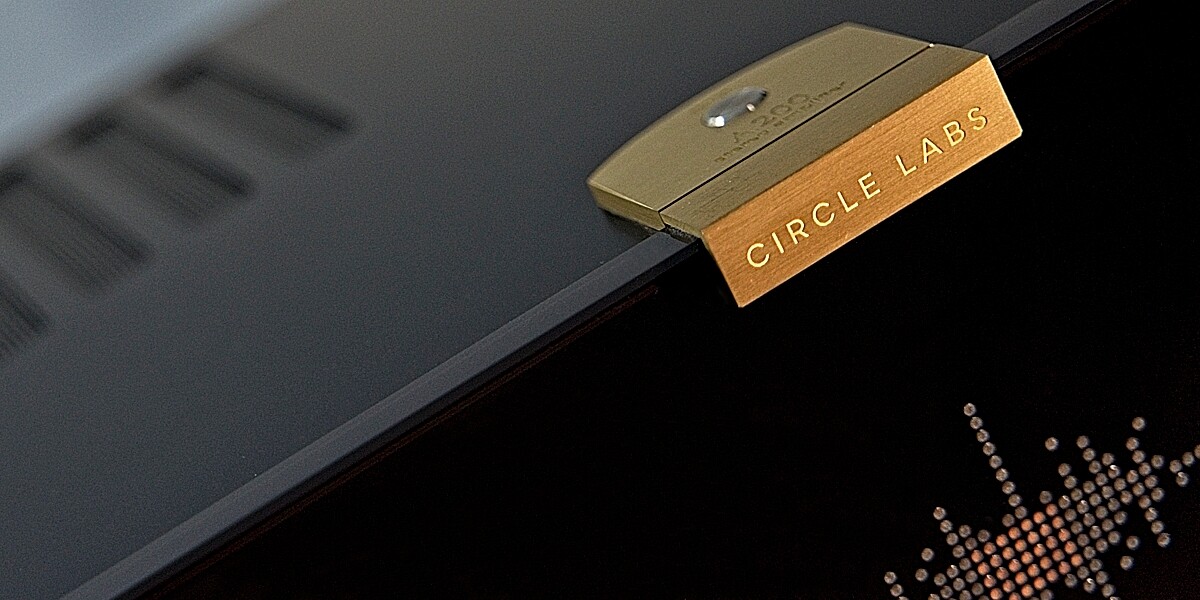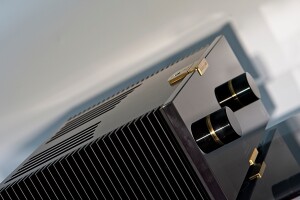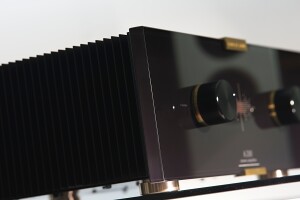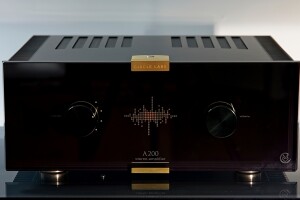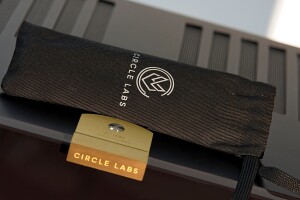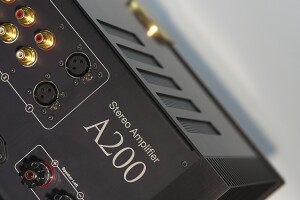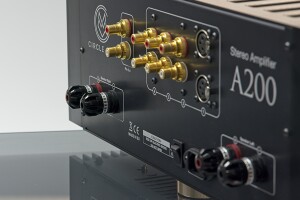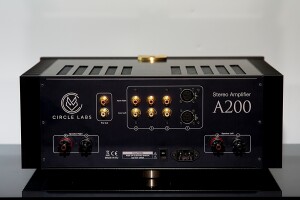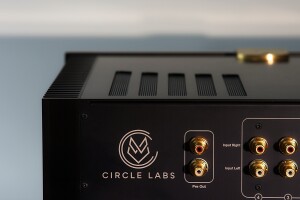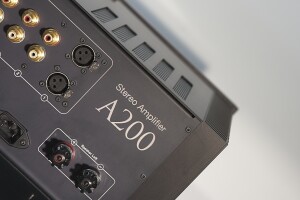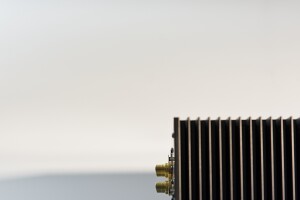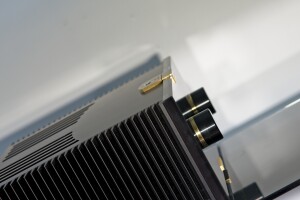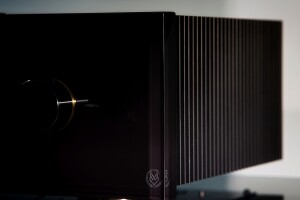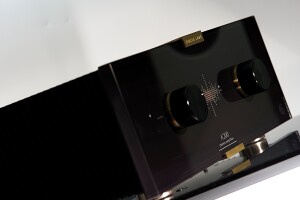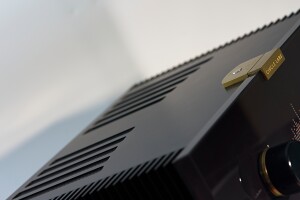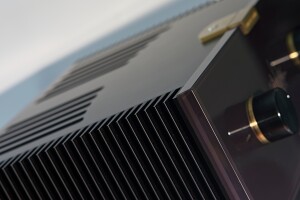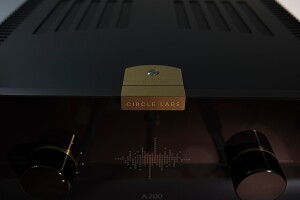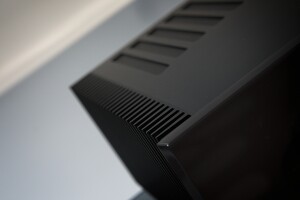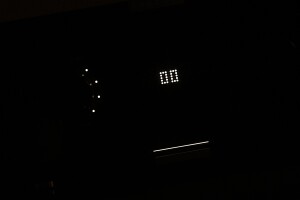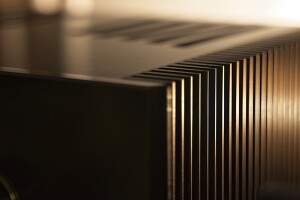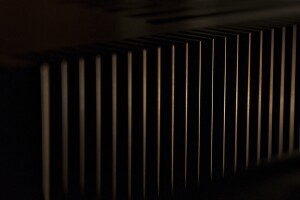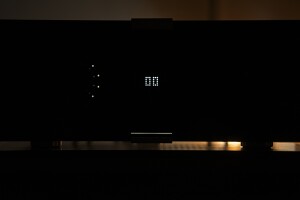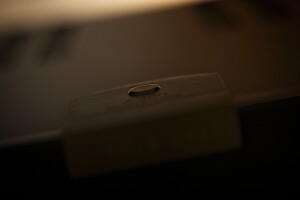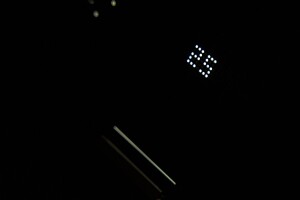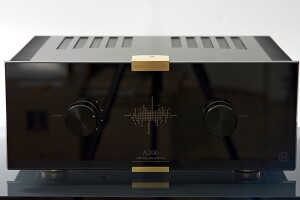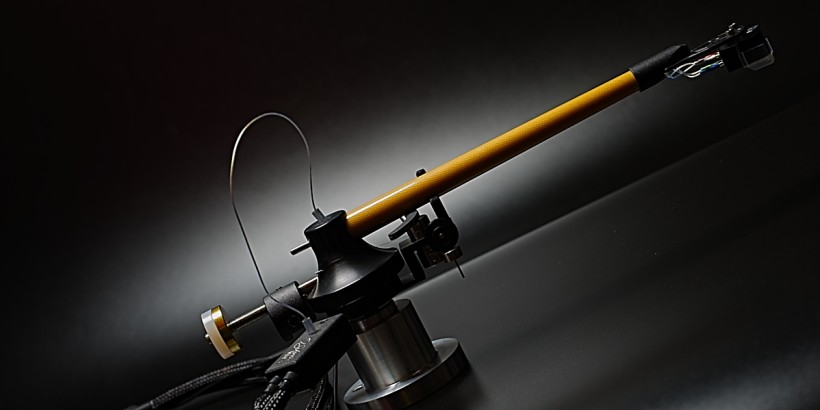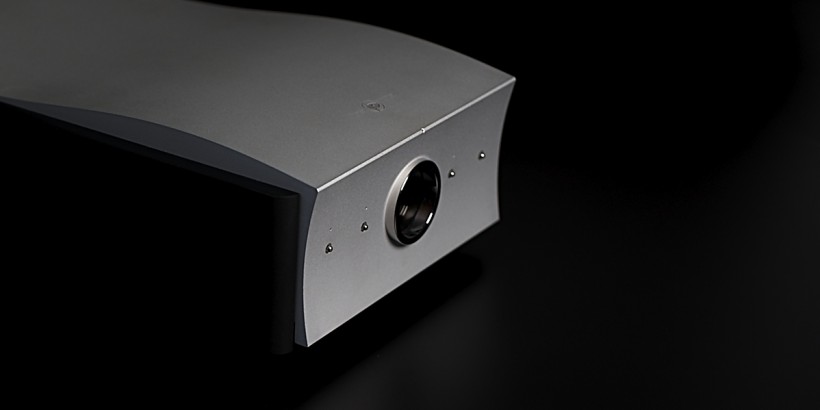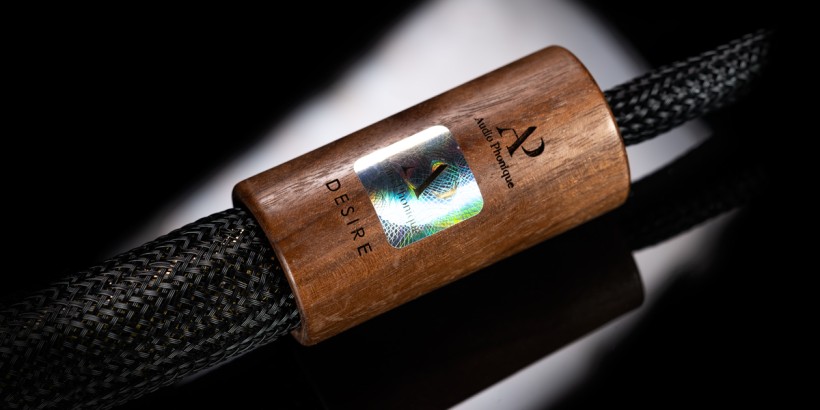It’s not that big, nor that heavy, yet it looks stunning with its spectacular glass front, flawless make and finish, and on top of that, its specs also seem impressive. Let me introduce the Circle Labs A200, a highly promising hybrid integrated amplifier from a young Polish company, that has already made some splash on the international market.
Introduction
I remember the „old times” when audio products from two or three state-owned manufacturers in our country were what we had to settle on (as in what was available and relatively affordable) while dreaming about some exotic amplifiers, speakers, turntables, or CD Players from „the West”. Such brands as Technics or Pioneer seemed to be the high-end ones most of us dreamed of, but these were still out of reach for most of the music lovers. Fortunately, these times are in the past. Within the last several years we have witnessed more and more promising Polish brands entering the market. Some of them turned out to be quite successful not only on our domestic but also on the international market. Highly acclaimed products of LampizatOr, J.Sikora, Franc Audio Accessories, Rogoz Audio, Gigawatt, Ferrum Audio, JCAT, to name just a few, are well known and highly respected in many markets around the world.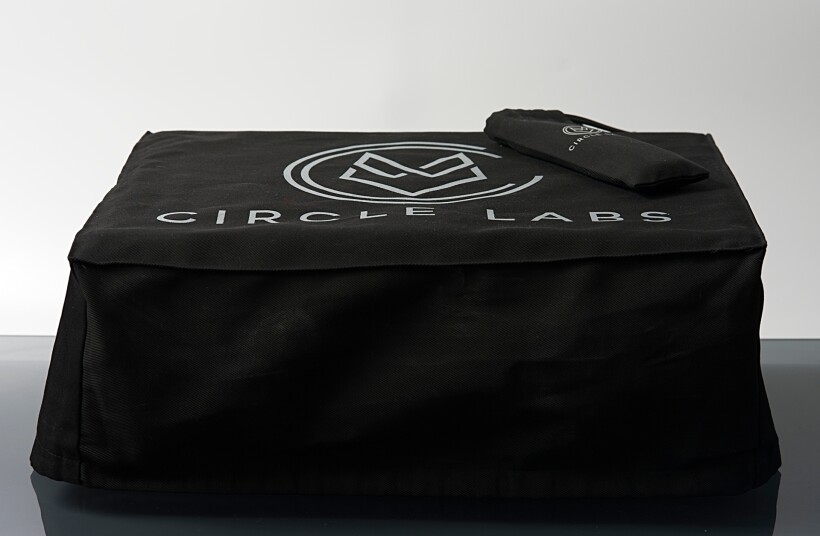
I have been dreaming of a complete Polish high-end system for a long time but until only a few years ago while our market seemed to be offering a wide range of various components there were some still missing. I’ve been using Polish DAC (Lampizator Pacific) and turntable (J.Sikora Standard Max), Polish conditioner, power distributor and power cables (Gigawatt), Polish anti-vibration accessories (Rogoz Audio, Franz Audio Accessories, and Graphite Audio), Polish USB and LAN cables (David Laboga), Polish USB and NET cards in my server (JCAT), some of them for a long time and am happy with them as they have been doing an excellent job.
What I am still missing to complete my dream are a powerful amplifier (which I need as a reviewer, as there are some very good tube, particularly SET, amps, that I would love to have but they wouldn’t do the job) and loudspeakers. As for loudspeakers, there are some interesting ones out there but I am yet to come across ones that would satisfy my needs and expectations while being affordable (for me). As for amplifiers – there is the fantastic, mighty Marton Opuscullum Reference III, for example, but it’s beyond my reach. Some time ago a new brand entered the market – Circle Labs – offering an intriguing integrated amplifier with tube input and solid-state output and just a few weeks ago they introduced new products – linestage and power amplifier (the latter is still a hybrid design!). While waiting for the pre and amp combo, first I got the integrated, A200, for a review and, spoiler alert, as you will read below, it proved to be very interesting and promising (but for my purposes the power amp would be better suited).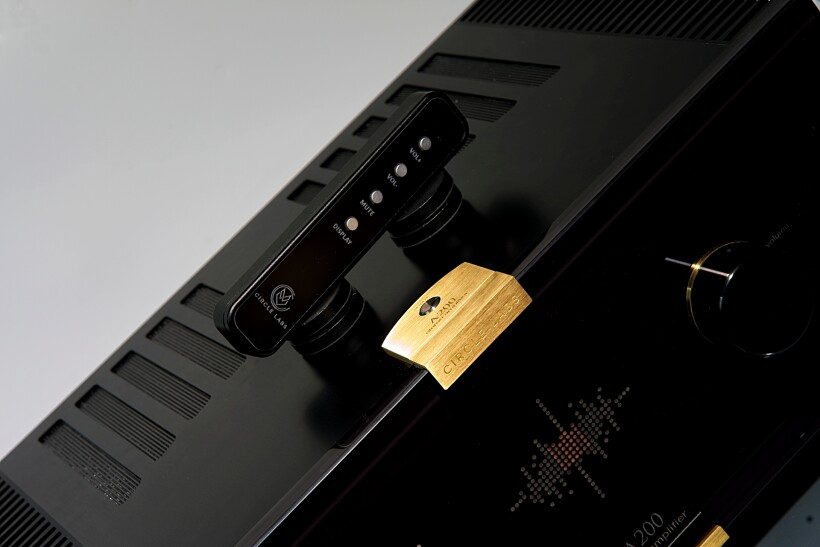
Before we get to the subject of this review let me tell you a little story. It was just a few weeks ago that I participated in a „Kick-off event” of a new Italian high-end brand, the UNICOSUONO (see HERE) that for partners for the reveal of its products chose two Polish, J.Sikora and LampizatOr, and a Slovakian, Canor Audio, companies. During the event, one of the Italian journalists approached me asking, why, in my opinion, there are so many so interesting brands coming from Poland nowadays. I didn’t have time to think of an elaborate answer, but I guess I did give the right one anyway. For so long had the creativity of audio enthusiasts in our country been held back that, when one day they finally could employ it and use it to build components they always had dreamed of, many of them just did. Let’s be clear, at first we saw many good-sounding but poorly designed, looking, and executed projects that couldn’t have survived a reality of a free market. It took years before our designers learned the expectations of demanding customers and how to make not only good sounding, but also good looking, well made and finished, safe for use, and reliable devices.
Once they learned that, brand after brand they started to conquer audio markets around the world. Today, I am proud each time, when I get a chance to review a Polish audio product that truly deserves or already has earned, international recognition and acclaim. And the truth is, that there are already dozens of companies that have distributors in numerous countries and not because they are cheap, but because they are really good and highly competitive in terms of make, finish, design and performance. It took some time but our designers and manufacturers finally learned, that only a combination of several factors, such as price, quality, design, make&finish, logistics, customer service, reliability, and so on, would secure them a solid position on quite a crowded international audio market. So they’ve learned from their mistakes and adapted.
Sorry for the long introduction but the Krakow-based Circle Labs is sort of embodiment of what I’ve just described. It is a relatively new brand, that currently offers only three products, with two of them being so new, that it is hard to find any accounts from those who already had a chance to listen to them. Yet, every one of them fulfills all the requirements asked of any product aspiring to the high-end class. The first one Circle Labs introduced was the A100 integrated, which has since gone obsolete replaced with its bigger brother (or sister?) A200. It’s this not only bigger, heavier but also more powerful integrated, although still relatively compact, that is a subject of this review. The two latest, brand new products, are the P200 preamplifier and the M200 stereo power amplifier (that can be bridged to become a monaural beast), which I hope to get my hands on rather sooner than later.
The two people behind Circle Labs, Krzysztof Wilczyński – the engineer, and Krzysztof Lichoń – the design specialist and marketing guy, learned from… mistakes made by others and to avoid any of their own they took things slow. Both have been music lovers forever, and the former had been designing and building audio components as a hobby (he started with tube-based ones) for several years. When they decided to shift up a gear and turn pro, so to speak, it still took almost 10 years before the first product hit the market. There is one more person involved in the project that I have to mention, namely Mr. Jacek Kopczyński from Cracow University of Technology’s Physics Institute, who participates in research activities related to product development.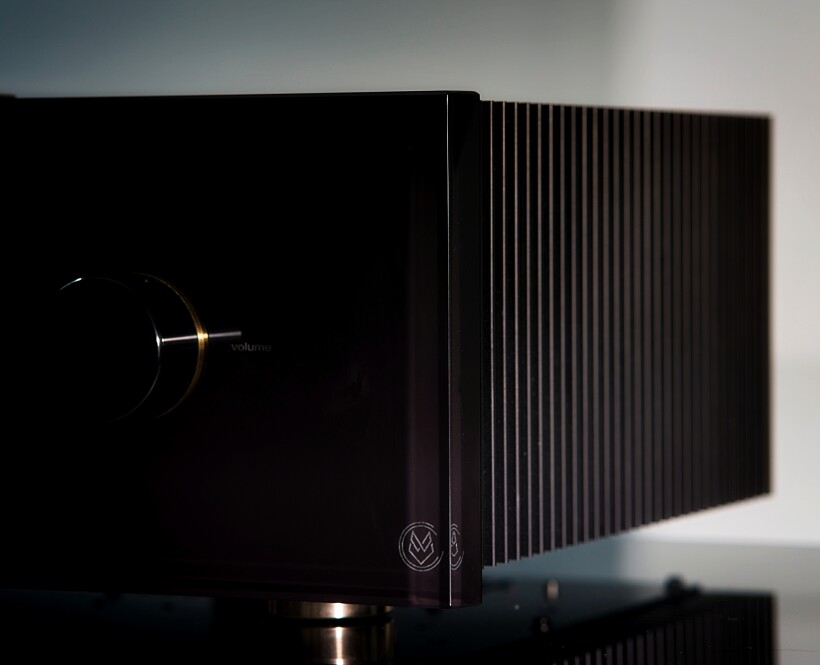
Why did it take so long to get the first amplifier ready? It looks that both gentlemen are perfectionists, so there is no way a new product could be released before it’s fully buttoned up. Not only the device as such, but every aspect of it as a product (which is not quite the same) has to be perfected. That’s still not all. All designers have their vision of how a component under development should look like, sound like, what features should it offer. Our designers are no different in this respect. Unlike many other manufacturers though, when prototypes are ready, they are not only tested by the manufacturer but in this case also by a lot of other people. Some of them are trusted audiophile friends, who assess the performance, looks, and operations and our designers can take some cues from them on how to make their product better.
Others are, say, laymen, people who are not audiophiles, who have little or no experience with audio products, who have kids, pets, and so on. They are the „ultimate” testers, as they often do things none of us, audiophiles, would ever even think about doing, thus pushing a tested device to its limits or… breaking it. I heard some „horror” stories from Krzysztof Lichoń about what happened to the prototypes of their amplifier, but as he said, these were lessons they could use to further improve their design and to make it less susceptible to real-life conditions. With such an approach to testing their products, they had a chance to learn what may happen and find out solutions that should prevent such „accidents” no matter who uses their product. Hence, once any of the Circle Labs products are finally introduced to the market it is supposed to not only sound great, look great, feel great, but also be user-friendly and „accident-resistant” (as much as possible, obviously).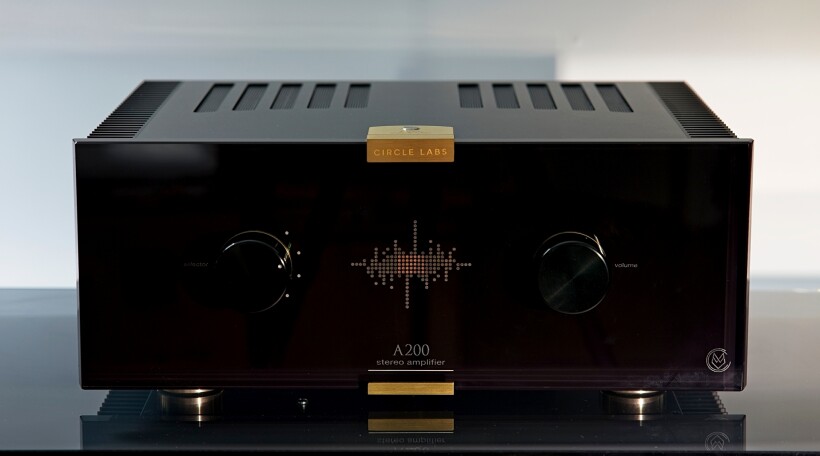
Design and features
The Circle Labs A200 is a hybrid design integrated amplifier. Hybrid means it utilizes both tubes and transistors. It is also rare in these days case of a „pure” integrated, meaning it does not feature any build-in additional modules – no DAC, phonostage, streamer – just plain and simple input and output stage (plus a power supply section, obviously). If you’re one of those „all-in-one” integrated amps fans, you have to look elsewhere. If you’re looking for top performance (and looks) you should check out a product, whose designers did focus on the primary function and there are no other modules that could (negatively) impact its performance. The chassis of the A200 is quite compact, as it measures „only” 430x360x180 mm, weighing 20 kg.
From the very first look, it is clear, that the external design was prepared by someone with artistic talent (Mr. Krzysztof Lichoń). The 15mm thick, well-made and finished glass front fits perfectly the metal chassis. It features two large, metal knobs (volume control and input selector) and a LED display presenting volume level. There are two brass elements, on the lower and top edges of the front that „connect” the front with the rest of the chassis while being beautiful, tasteful elements of the whole artistic design. The upper one is an „L” shaped element with its longer part extending on the top of the amplifier and hosting a „standby” button. The sides are (again) perfectly made and fitted metal radiators. Also, the upper panel is sort of carved into an eye-pleasing shape that includes lots of openings allowing for proper ventilation of the circuit which gets quite warm during operation.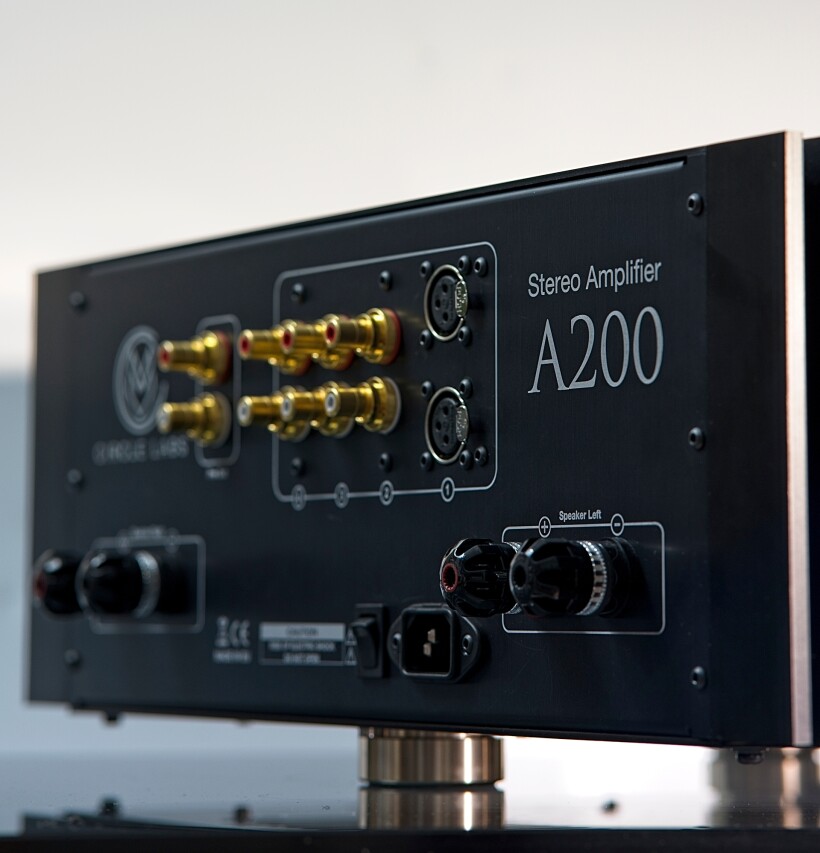
The rear panel hosts four inputs, one of them being a balanced one (although it is not a balanced design). All connectors are of top quality with RCA jacks sourced from the CMC, XLR from Neutrik, and the single speaker connectors from WBT nextgen series. The whole chassis stands on three metal, nicely finished feet with rubber o-rings acting as anti-vibration elements. The A200 features a remote control – it’s a very nice, small metal (!) unit that allows a user not only to adjust the volume but to use the „mute” function and adjust the brightness of the LED display. I know it is not, as it can’t be, an objective assessment, but in my humble opinion, it is one of the most beautiful integrated amplifiers I’ve ever seen.
As already mentioned, the Circle Labs A200 is a hybrid design. Just as with every other component used in this design, the development team spent a lot of time selecting the best tubes and transistors. The first stage (after input) is a high-quality resistor ladder volume control by Khozmo. The preamplifier section is built around a NOS double triode made by Siemens, the ECC8100 (a special version of the ECC88, but not its equivalent, so no easy tube rolling). The bias for the tubes is provided by CR2032 batteries. The output features eight transistors (four per channel), with JFETs driving pairs of powerful bipolar Sankens (2SA1295 + 2SC3264) in push-pull modes. In the power supply section, two toroidal transformers are supplying the output stage and another one for the preamplifier section. The design allows the A200 to deliver an output of 100W @ 8Ω and double it (200W) for 4Ω.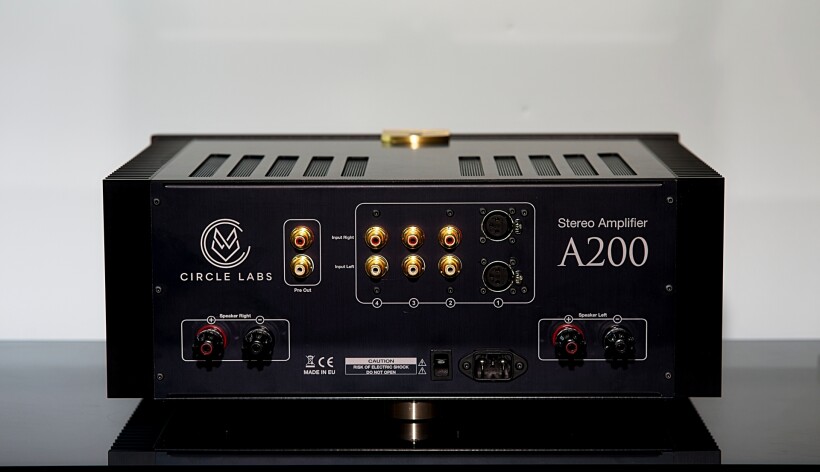
Sound
I have talked to Krzysztof Lichoń a few times before getting the A200 for the review and while already listening to it and there was one key element of Circle Labs’s philosophy that he talked about every time. As he said, no matter what kind of component they design (for now, we are talking about amplifiers and preamplifiers), no matter the target price range or features, each of them is designed to offer listeners an immersive, emotionally intense, uniquely musical experience. In other words – it’s not about bass, midrange, treble, space, maximum output, resolution, transparency, or anything else in particular, but about music flowing from speakers, tempting, bewitching, engaging. Everything else is nothing more than a means to the ultimate goal. It doesn’t take long to realize, that’s exactly what the two Krzysztofs achieved with their A200. OK, that’s the punchline, bye… . Wait, what? Oh, you want me to elaborate on it? OK, if you insist, but that’s the very essence of this Polish integrated’s performance, that’s what you can expect from it.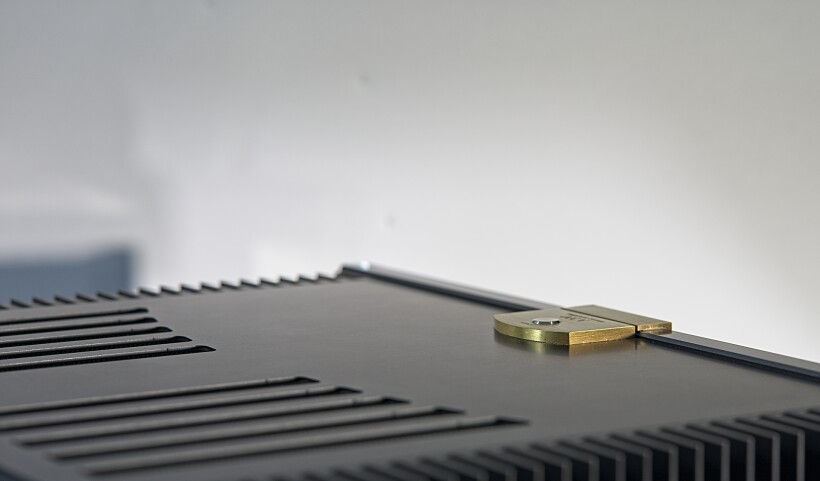
You may think, when I tell you, that this is one of the most musically involving integrated amplifiers I’ve ever listened to, that I am being biased by what Mr. Lichoń told me. I agree, that one should never underestimate the power of suggestion, but in this case, all you need to do is to it give yourself a chance to prove me wrong. It will take you all but a few minutes of listening for yourself to (I am sure of it) know, that I am not wrong. You may disagree on some, even many other things you will read in this review about the A200, but the musicality and immersiveness of the presentation won’t be among them. Although… let me share a particular experience I had with the A200s before we move forward with the review.
Long story short, I got a unit for a review, spend some time with it, and was delighted with its looks, with the sense of being in the presence of one exquisite, beautiful device, as well as a truly top performer. At some point though, the distributor asked me if they could pick it up just for two days for some presentation, as they momentarily didn’t have another unit at hand, promising to bring it back afterward. And they did… just a different unit after all. The one I’d listened to before just never made it back from the presentation as it sold on the spot. I plugged the one they delivered into the very same system – nothing changed. OK, I was two days older, but it was the only difference. I gave it an hour to settle in and then started listening. It sounded OK but compared to what I remembered from just two days prior significantly inferior. Is it possible, that two units could sound so different? Because it definitely should not happen. Maybe this one is somehow broken? Or maybe my memory is playing tricks on me? – I thought to myself.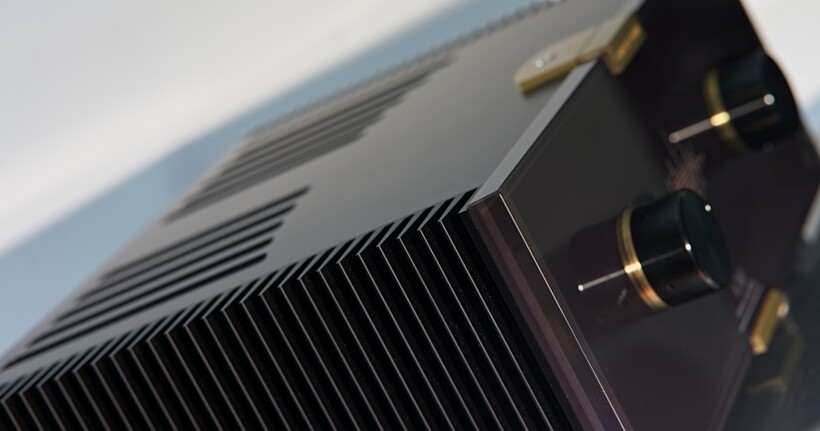
It was Saturday, so there was nothing to do but to push on, play more music in the hope for improvement, for the excellent sound to come back. And it did. It took around six hours though for significant improvement, and only the next day the A200 achieved the same superb performance level I remembered from previous sessions. As I learned later this particular unit traveled first from the distributor’s headquarters in Krakow, so at least a few hours in a car, to Warsaw shop, and then to my place. Why am I even mentioning it? Because it confirmed once again, what some people don’t believe in, but which, as experience tells me, is a fact – electronics, but also speakers, need several hours after shipment/transport before they can show their „true face”, so to speak. Please, do remember about it whenever you try to assess any audio component after it’s been moved. In most cases, it’s not enough to give them half an hour to warm up. OK, let’s get back to the assessment.
How does one go about achieving such a uniquely involving, musical sound? Many roads lead there, although it takes a truly talented and committed team of designers and engineers to achieve such a level and character of the performance. Some use tubes, usually in single-ended circuits and it has its merits, as well as some downsides (which even I, SET aficionado, admit existing). Others, as the Circle Labs guys, combine tubes and transistors and a lot of good ideas about how to get the best of both worlds with a cleverly designed circuit. In the case of the Circle Labs A200, the result is a presentation that has to be defined as warm, incredibly rich, or dense, so much so that in some systems it may be even perceived as a bit dark. It is „tube-like” in the sense that it communicates with a listener in a very friendly, direct, and convincing way, that it is gorgeously natural, but not perfectly neutral. The beautiful flow of music, incredible coherency, silky, very unlike solid-state smoothness – all these qualities reminded me of the top tube amplifiers, single-ended ones mostly.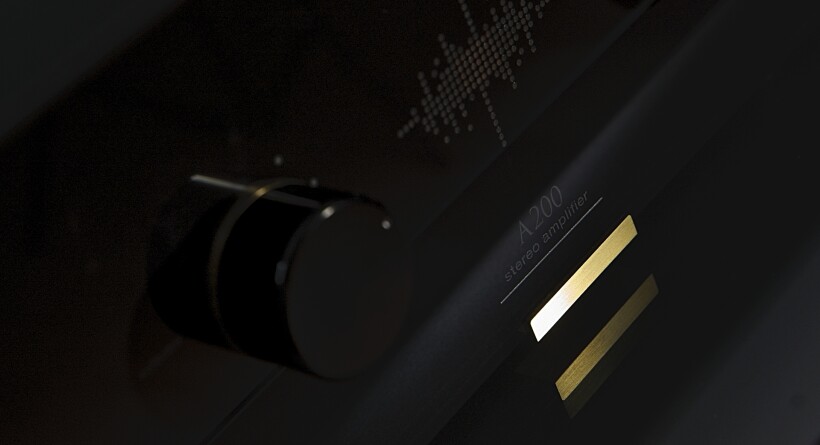
Yet, transistors in the output stage are not there just for show, or for the high output sufficient to drive most speakers available on the market with ease. They allow the Circle Labs A200 to combine all the aforementioned sonic features with deep, rich, nicely differentiated and, I would say, tight and fast enough bass (as the definition and control are not as perfect as with some purely solid-state designs). While the dynamics on a micro-level is more of a tube-designs attribute, the one on a macro scale is rather associated with transistors. The Circle Labs integrated delivered on both fronts proving that the more dynamic the track, the better it sounded with it. Genre didn’t matter. Rodrigo y Gabriella from their „Mettavolution” album with the help of the reviewed amp delivered an immensely energetic, dynamic performance with pace and rhythm conveyed perfectly. Yet the other side of the record, their take on Pink Floyd’s „Echos” showed me a different side of both, the band and the integrated. It was more of beautiful, touching storytelling, relaxed, yet highly expressive, rich with details and subtleties, yet remarkably coherent, smooth, easy to follow, and highly immersive.
The A200 delivered the same incredible dynamics while playing Renaud Garcia-Fons’ „Le suffle des cordes” or Christian McBride Trio’s „Live at the Village Vanguard”. I love the sound of double bass and usually, in a proper setup, I prefer the more natural, palpable presentation offered by tube amplifiers. This instrument doesn’t need to be super-tight in the lower end, but it has to be tuneful, rich, and the timbre and texture must be presented naturally. The Circle Labs integrated did all that and more. It delivered these two performances and numerous others that followed, with a passion and a zeal resulting in an immersive presentation that I listened to holding my breath not to miss a single note.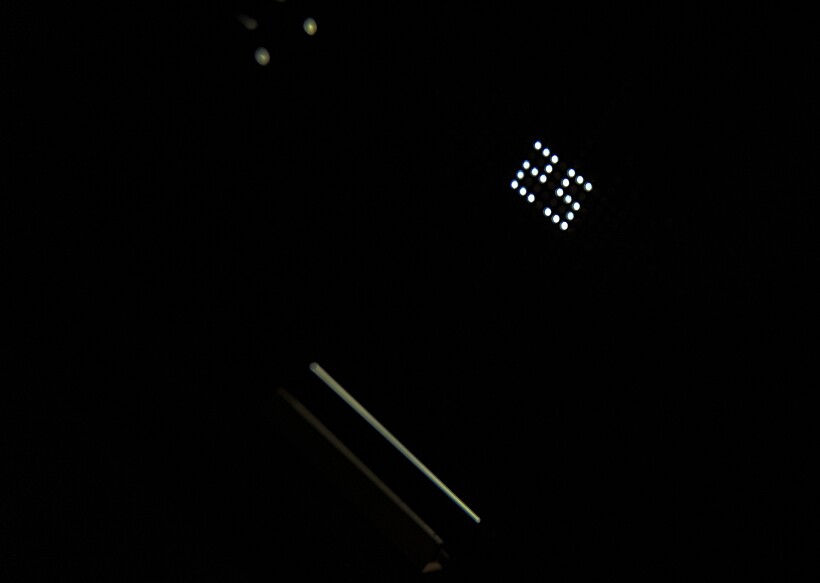
There is yet another, tube-like, if you will, feature that A200 has to offer. It’s about the airiness of the presentation. That term in my book describes a couple of elements coming together. It’s about this impression of air filling the whole soundstage, surrounding each instrument, and carrying its sound towards me. It’s also about all the acoustic cues and reverb reproduced in a particularly realistic manner which creates an ambiance of a recording. Also, the soundstage with the reviewed Circle Labs integrated is beautifully three-dimensional, as are the palpable, present, large bodies of instruments and vocalists. You can „see” and „feel” not only the width but also the depth of the stage. You can easily tell the placement of each phantom image, easily distinguishing between those placed close to you in the mix, and those (sometimes much) further away. All that combined create a particularly compelling, realistic image of the band’s performance, of its presence in your room, or of yours in the venue where they perform (depending on the recording).
Ultimately, however, it comes down to how real, how true each of the instruments and vocals sounds like. And that is based on how well the amplifier (and the rest of the setup) conveys the timbre, texture, how well it differentiates tonal and dynamic shifts, whether or not it is resolving enough to deliver all the information from the recording, down to the tiniest details and subtleties. The Circle Labs A200 does all that. In its own way, that is true, but it does. What do I mean by „its own way”? As I’ve already mentioned, it is not a perfectly neutral-sounding device, although it is incredibly natural. Hence the sound is a bit warm, not as perfectly controlled and defined, as tight and fast, particularly in the bass range, as with top solid-states. It doesn’t quite offer as open, as pure treble as the top SET amps, but the difference is surprisingly small. Yet, this incredibly coherent, smooth, communicative whole it does offer, kept me on my toes when listening to any meaningful music. I often found myself completely immersed, involved in a unique, even if not the ultimate in terms of high fidelity, presentation offering me a unique, often refreshing perspective on many well-known recordings.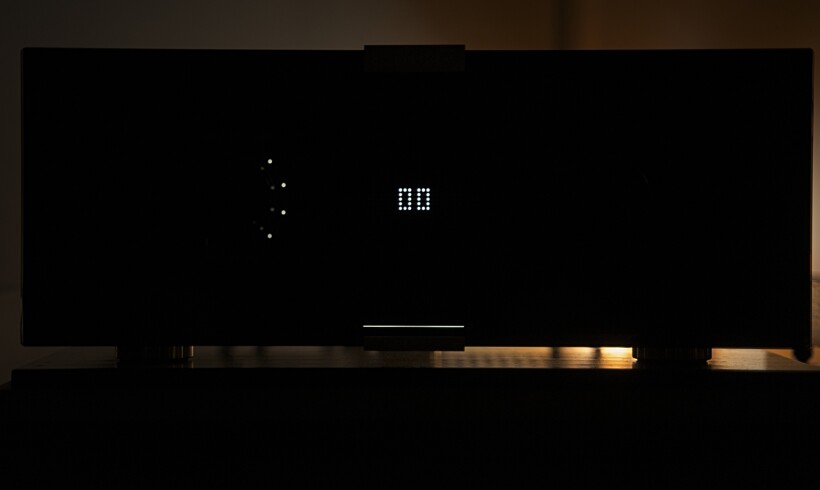
All that does not mean, that this is an amp suitable only for acoustic or vocal music, although it is sort of its specialty. One of the first records I spun on my J.Sikora Standard Max was the 40th Anniversary re-issue of Maanam’s debut album. It’s not what one would call an audiophile recording, but it has sentimental and musical value for many people of my age. It includes dynamic rock tracks, as well as some slow-pace ballads. The Circle Labs A200 did a great job delivering the former with very good PRAT, high dynamics, quite tight (although due to the recording’s character, a bit too dry for my taste), powerful bass, as well as beautifully palpable, rich, incredibly expressive voice of the wonderful vocalist, Kora. It did show the sibilants in her voice too, but in an equally natural, unobtrusive way, good tube amps do. The so-so quality of the recording was clearly pointed out, but the A200 did an exceptional job shifting my attention to the music itself and the emotions Kora’s voice carried. So again – not the most „high fidelity” reproduction of the recording, but definitely a highly expressive and enjoyable one.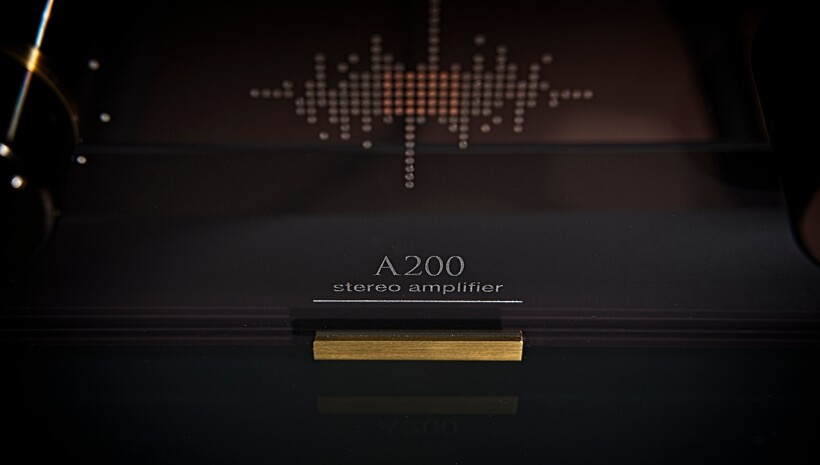
Summary
Now we’ve gone a full circle as I have to repeat: The Circle Labs A200 has been designed to offer the listener an immersive, emotionally intense, uniquely musical experience. The music genre and quality of recording do not play an as significant role as with some more analytical, more revealing amplifiers, hence it’s not a tool for a music producer, but rather one for those who want to enjoy music, experience emotions, relax, and smile while spending their free time with their favorite performers even if they didn’t record their music for top labels. Don’t get me wrong, the A200 will show you differences between recordings/releases quality, but it will be the music, the artists’ performance that you will focus your attention on with this fabulously musical, immersive Polish integrated amplifier. After this amazing experience, I will wait impatiently for the P200 + M200 combo, which is supposed to outperform the integrated, and if it does it may take me another step closer to realizing my dream – a complete, Polish high-end system. Based on the excellent A200’s performance I have high expectations and a good feeling about it!
Technical specifications (according to the manufacturer):
- Output power (RMS): 100W/8Ω, 200W/4Ω
- Frequency response: 10 Hz-130 kHz (- 3dB)
- Input sensitivity: 0,9V (full power)
- Gain: 34 dB
- Input impedance: 25 kΩ
- Output impedance: 0,016 Ω
- Damping factor for 8 Ω: 500
- Dimensions (W x D x H): 430 x 360 x 180 mm
- Net weight: 20 kg
- Shipping weight: 28,5 kg
- Power consumption: Stand by: < 0,1W; On Const: 70W; ON max: 500W
Price (when reviewed):
- CIRCLE LABS A200: 7550 EUR
Manufacturer: CIRCLE LABS
Polish Distributor: NAUTILUS DYSTRYBUCJA
Associated equipment:
- Digital source: a custom passive server with WIN10, Roon, Fidelizer Pro 7.10, JCAT NET XE and JCAT USB XE cards with FERRUM HYPSOS Signature power supply, KECES P8 (mono) linear power supply for the server, JCAT USB Isolator
- D/A Converter: LampizatOr Pacific +Ideon Audio 3R Master Time (USB signal regenerator)
- Analogue front end: J.Sikora Standard MAX turntable, J.Sikora KV12 tonearm, AirTight PC-3, phonostages: Grandinote Celio mk IV, ESE Lab Nibiru V 5.
- Power amplifiers: GrandiNote Shinai
- Preamplifier: Audia Flight FLS1
- Loudspeakers: GrandiNote MACH4, Ubiq Audio Model ONE Duelund Edition.
- Interconnects: Hijiri Million, Hijiri HCI-20, TelluriumQ Ultra Black, KBL Sound Zodiac XLR, David Laboga Expression Emerald USB, David Laboga Digital Sound Wave Sapphire Ethernet
- Speaker cables: LessLoss Anchorwave
- Power cables: LessLoss DFPC Signature, Gigawatt LC-3
- Power: Gigawatt PF-2 MK2 and Gigawatt PC-3 SE Evo+; a custom power line with Gigawatt LC-Y in-wall cable; Gigawatt G-044 Schuko and Furutech FT-SWS-D (R)
- Network: Silent Angel Bonn N8 + Silent Angel Forester F1 + optical LAN isolator
- Racks: Base VI, Rogoz Audio 3RP3/BBS
- Anti-vibration accessories: ROGOZ-AUDIO SMO40 and CPPB16 platforms and ROGOZ AUDIO BW40MKII feet, Franc Accessories Ceramic Disc Slim Feet and Wood Block Platform


